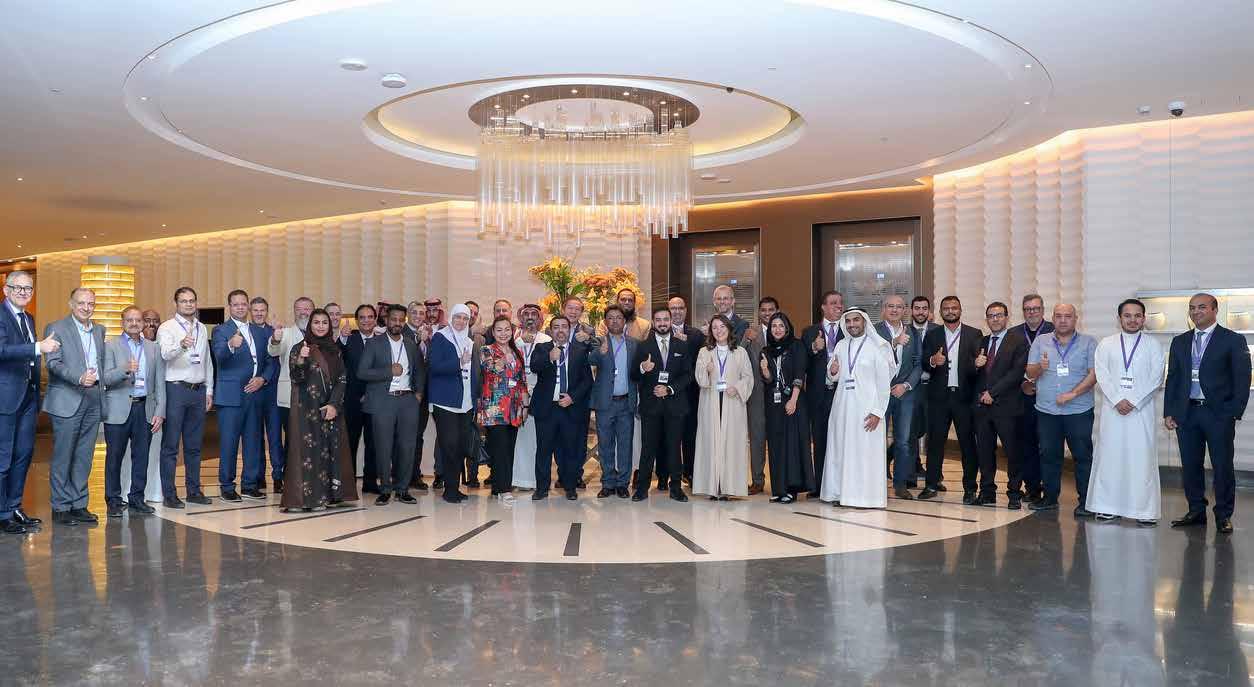
2 minute read
NO PACK IS THE NEW PACK
The history of Boucheron is a succession of “firsts.” Boucheron was the first jeweler to engrave what its contemporaries had never before dared to engrave: the diamond. The first to invent a necklace with no clasp, but rather a spring blade, in 1879. In 1893, Frédéric Boucheron was the first great contemporary jeweler to open a boutique on Place Vendôme. Boucheron was the first creative studio to design High Jewelry collections mingling gold and diamonds with rattan, seashells, and even aerogel.
All those firsts express the visionary spirit that has guided Boucheron since 1858. In this traditional sector, the Maison stands out for its obsession with innovation. Every innovation is brought forth to make the dream possible. But this time, in the view of Hélène Poulit-Duquesne – the CEO of Boucheron –, the dream has become a necessity. To reconsider the most emblematic object in jewelry presentation: the case. The environmental footprint of Boucheron’s former packaging has made it obsolete today, as the “Precious for the Future” sustainable development strategy is central to each of the Maison’s projects.
Advertisement
In 2023, Boucheron presents this new concept, after analyzing and questioning every prevailing convention and construct of the jewelry sector. Composed of just two materials – aluminum and felt –, this collection of seven boxes reinvents the concept of the jewelry case, breaking ground once again and bringing a new “first” to the history of Place Vendôme. reinventing the jewelry case for a sustainable object of desire

“No pack is the new pack,” in the words of Hélène Poulit-Duquesne. To thoroughly comprehend that statement, it is necessary to examine the origins of the project. In 2021, the CEO asked the Maison’s teams to completely reinvent the jewelry case, now considered unsustainable. To move into the future, it would be essential to investigate the past. The former jewelry case was brought into scrutiny, and
Brilliant Bijoux
its many shortcomings were exposed: too large, too heavy, made in twelve formats using eleven materials, and – above all – non-recyclable. The Boucheron teams then adopted an eco-design approach with the support of experts and specialized engineers. Innovation and creativity were the keys to this project, which took two years to complete. In order to ensure that this new object has the smallest possible environmental footprint, the Maison optimized every step of its life cycle, from selecting the raw materials to their circularity after use. Of the initial twelve formats, just seven were retained. Of the eleven materials, none were maintained. The new jewelry case is made of just two materials, both natural and recyclable: aluminum and wool felt.
Firstly, aluminum is an unusual choice in this sector. More commonly used in aeronautics, designer objects, and luxury baggage, the metal is known to be lightweight, strong and aesthetically appealing. But most importantly, it is a natural material that may be endlessly recycled, and it interacts perfectly with the wool felt that Boucheron has chosen to cushion its creations. Felt offers the advantage of requiring neither glue nor stitching, which fosters recycling. Soft and resistant, this natural material protects even the most delicate design, showcasing each one against an emerald green background. To meet its sustainable development requirements, Boucheron selected a wool that is certified with the Responsible Wool Standard (RWS). But the Maison went beyond materials










